Dayilylook - Daehyun Primall Daegu Branch [Tax Refund Shop] (데일리룩 대현프리몰대구)
730.3091800407394m 0 2024-07-01
#F20-21, B580, Gukchaebosang-ro, Jung-gu, Daegu
-
Daegu Colorful Festival (대구컬러풀페스티벌)
735.4764795744708m 19729 2023-04-13
Gukchaebosang-ro, Jung-gu, Daegu
• 1330 Travel Hotline: +82-2-1330 (Korean, English, Japanese, Chinese) • For more info: +82-53-430-1261~4
Colorful Daegu Festival offers performances and art programs for everyone to enjoy and participate in. A variety of street performances are held, with the highlight of the festival being the Colorful Parade.
See Channel Eyewear - Daegu Dongseong-ro Branch [Tax Refund Shop] (씨채널한일로안경 대구동성로)
737.9437749414375m 0 2024-04-19
604, Gukchaebosang-ro, Jung-gu, Daegu
-
Gugil Ttarogukbap (국일따로국밥)
738.4996165312637m 11971 2020-05-04
571, Gukchaebosang-ro, Jung-gu, Daegu
+82-53-253-7623
Unlike traditional gukbap (rice soup), the rice and the soup in Ttarogukbap are served separately. It is a speciality in Daegu, and the main dish served at Gugil Ttarogukbap. The restaurant makes the broth with beef bones, and adds spices, meat and coagulated ox blood to complete the rich and flavorful soup. Meanwhile, the restaurant was designated as a site of master craftsmanship by the Korean Traditional Culture Preservation Committee, as well as an authentic local speciality restaurant in Daegu.
Olive Young - Dongseongro Branch [Tax Refund Shop] (올리브영 대구동성로)
763.6653460732538m 0 2024-04-22
593, Gukchaebosang-ro, Jung-gu, Daegu
-
House of Missionary Blair (선교사블레어주택)
782.2029360050406m 2312 2019-11-27
2029, Dalgubeol-daero, Jung-gu, Daegu
+82-53-661-2193
The House of Missionary Blair was built in in the 1910's for his time of missionary work in Korea, but has been converted into a history museum and education center. The two-story red brick building has maintained its original construction, with only minor changes having been made over the years. The house is very representative of its time, with a brick chimney rising over the roof, and wooden flooring inside. The first floor was made up of a veranda, reception room, living room, bedrooms, dining room and kitchen. The second floor featured bedrooms and a bathroom. The windows can be opened both at the top and the bottom, and the veranda was used as a sunroom. The House of Missionary Blair is a great example of American architecture from the 1900's.
House of Missionary Chamness (선교사챔니스주택)
784.2274564081958m 19673 2022-09-06
2029, Dalgubeol-daero, Jung-gu, Daegu
+82-53-661-2193
House of Missionary Chamness was the home of American Christian missionary Chamness and his family. It was built in the Western-style and provides a glimpse into the daily life of American missionaries in Korea. The house, a simple building in comparison with the houses of America at the time, is now considered a very important treasure of Korea's modern history. The building has been converted into a small museum using artifacts from the missionaries to bring the past to life.
Novotel Ambassador Daegu (노보텔 앰배서더 대구)
831.1158568420781m 20585 2021-02-10
611, Gukchaebosang-ro, Jung-gu, Daegu
+82-53-664-1101
Novotel Ambassador Daegu opened in July 2008, offering top-quality service. The hotel is located in the center of Daegu’s finance, shopping, and culture district, and is connected to the subway station. Transportation from and to the train station and airport is extremely convenient, making it the perfect place for travelers to enjoy their leisure time. The hotel boasts luxurious guestrooms, a business center, upscale restaurants and bars, meeting rooms, and a fitness center and sauna, as well as an outdoor swimming pool.
Daegu Modern History Museum (대구근대역사관)
834.6168709915653m 13334 2021-07-20
67, Gyeongsanggamyeong-gil, Jung-gu, Daegu
+82-53-606-6430
Located in Pojeong-dong, Jung-gu, Daegu, the Daegu Modern History Museum was officially opened on January 24, 2011. The museum is housed in a building that is rich in history. First built by Japan in 1932 as a bank, the building was once a symbol of repression and exploitation during the Japanese colonial rule. Today, the building stands proudly as an educational site and bears the title of ‘Cultural Property No. 49’ in recognition of its historical and cultural significance.
The two-story museum (1,971 square meters) houses a permanent exhibition (1F), featured exhibition (2F), and a hands-on exhibition room and classroom for diverse cultural activities and lectures. The history exhibition features the lifestyle of Daegu citizens, local customs, and education of the late 19th century and the early 20th century.
Gyeongsanggamnyeong Park (경상감영공원)
846.8414702552241m 15204 2018-08-07
99, Gyeongsanggamyeong-gil, Jung-gu, Daegu
+82-53-254-9404
Located in central Daegu, Gyeongsanggamyeong Park was built during the 34th year of King Seonjo of the Joseon Dynasty (1601) and was the original location of Gyeongsanggamyeong (1910), the office of the Gyeongsangbuk-do governor. In 1965 the provincial office was moved to another location and the park opened its doors to the public under the name of Central Park. The park was renamed again in 1997 and has been known as Gyeongsanggamyeong Park ever since.
Many cultural and historical heritages are located in the park including the Seonhwa-dang building where the governor worked (Daegu Tangible Cultural Property No.1); the Jungcheong-gak building that was one of the governor’s residences (Daegu Tangible Cultural Property No.2); and Seonjeong-bi gravestone where governor’s achievements are engraved. Seonhwa-dang building in particular has historical significance since it is one of the few remaining government buildings.
The park is well loved by citizens for its green forest, beautiful flowers, well-developed grass plaza, scenic fountain area, and its comfortable walking paths.
![Dayilylook - Daehyun Primall Daegu Branch [Tax Refund Shop] (데일리룩 대현프리몰대구)](http://tong.visitkorea.or.kr/cms/resource/03/3314503_image2_1.jpg)
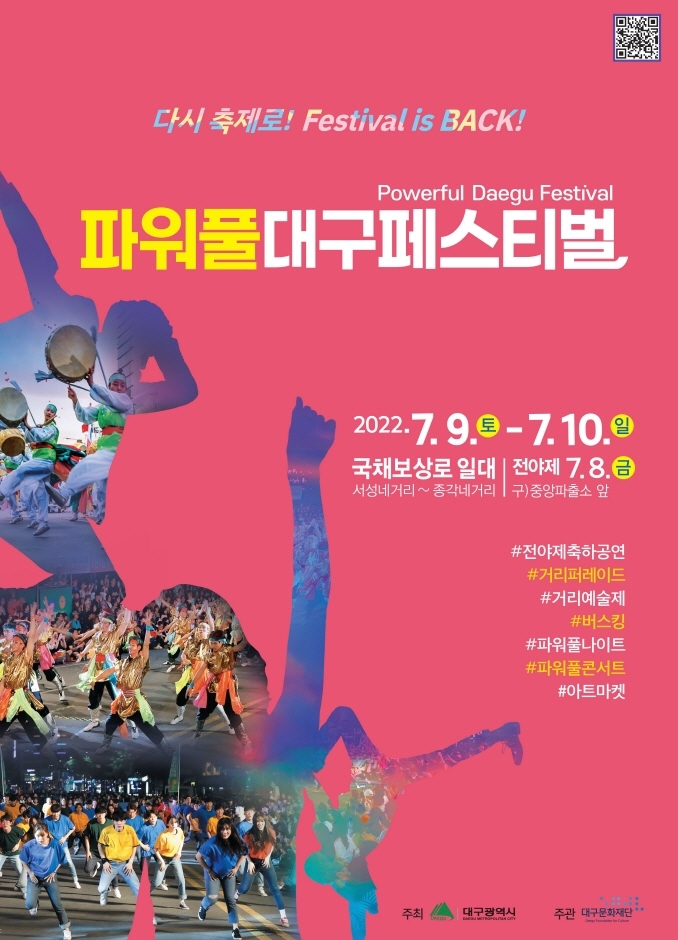
![See Channel Eyewear - Daegu Dongseong-ro Branch [Tax Refund Shop] (씨채널한일로안경 대구동성로)](http://tong.visitkorea.or.kr/cms/resource/54/2884054_image2_1.jpg)

![Olive Young - Dongseongro Branch [Tax Refund Shop] (올리브영 대구동성로)](http://tong.visitkorea.or.kr/cms/resource/37/2883937_image2_1.jpg)
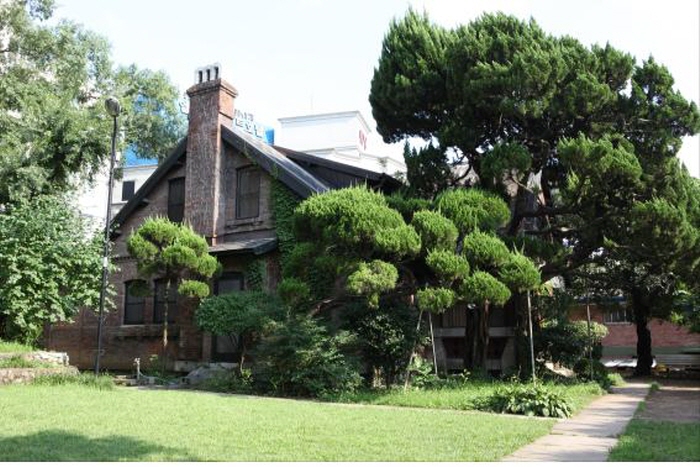
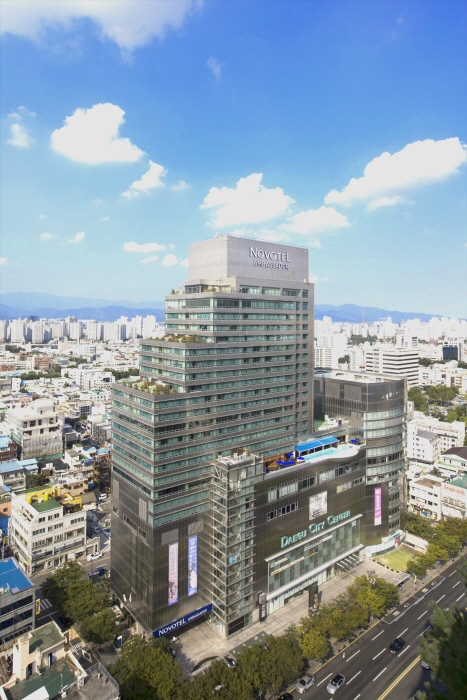
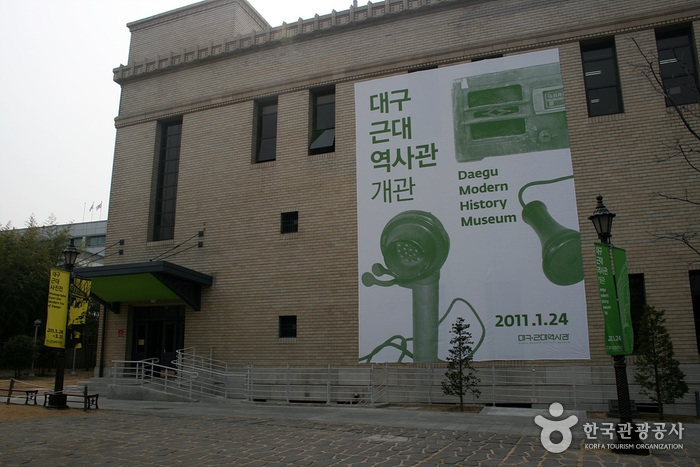
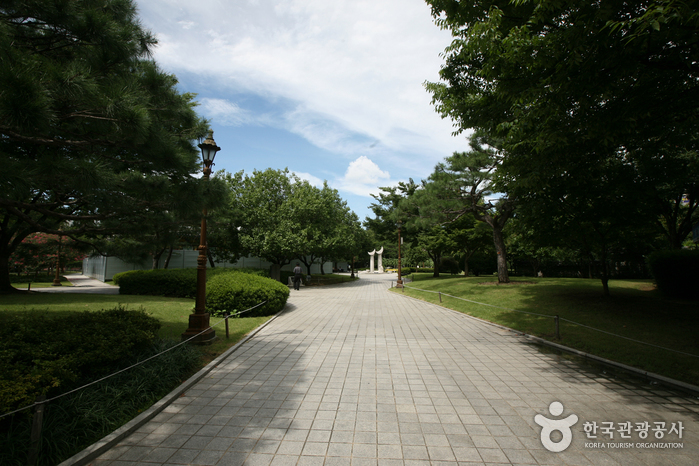
 English
English
 한국어
한국어 日本語
日本語 中文(简体)
中文(简体) Deutsch
Deutsch Français
Français Español
Español Русский
Русский